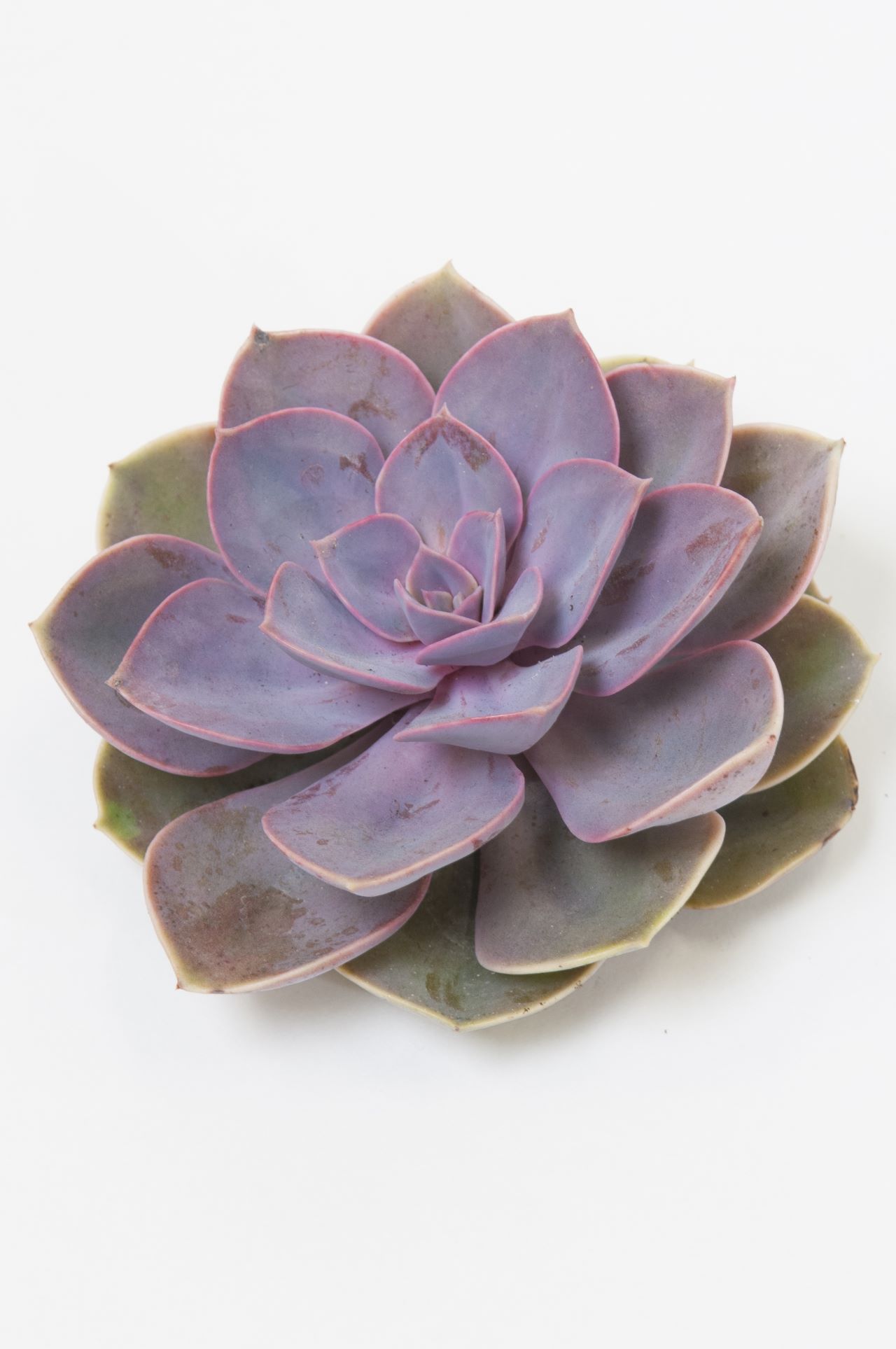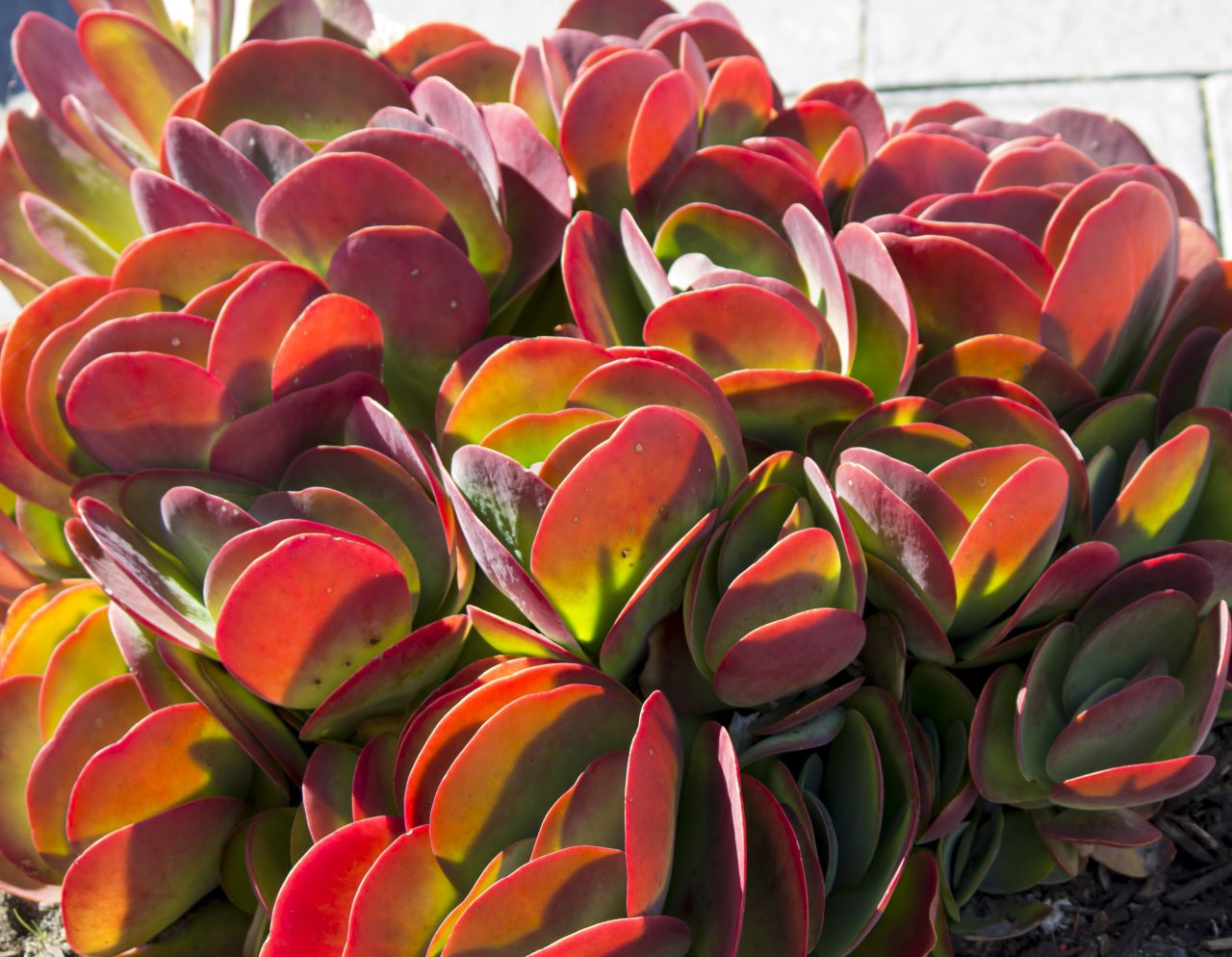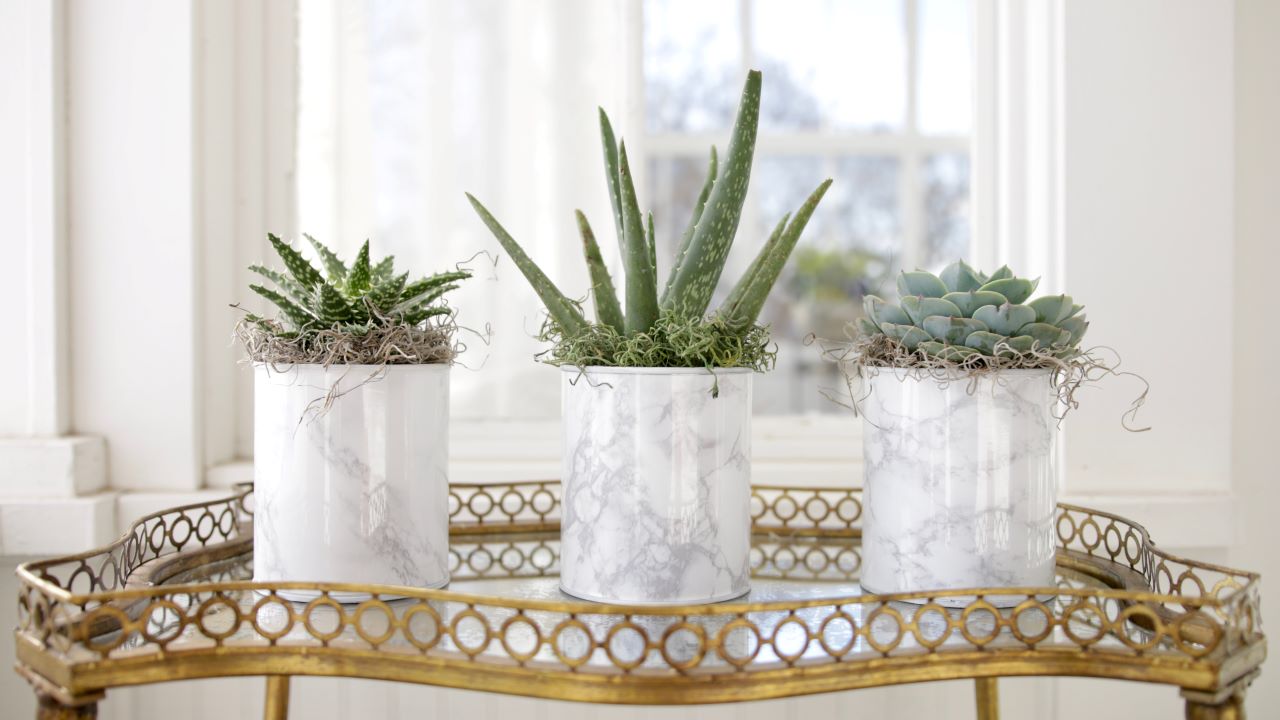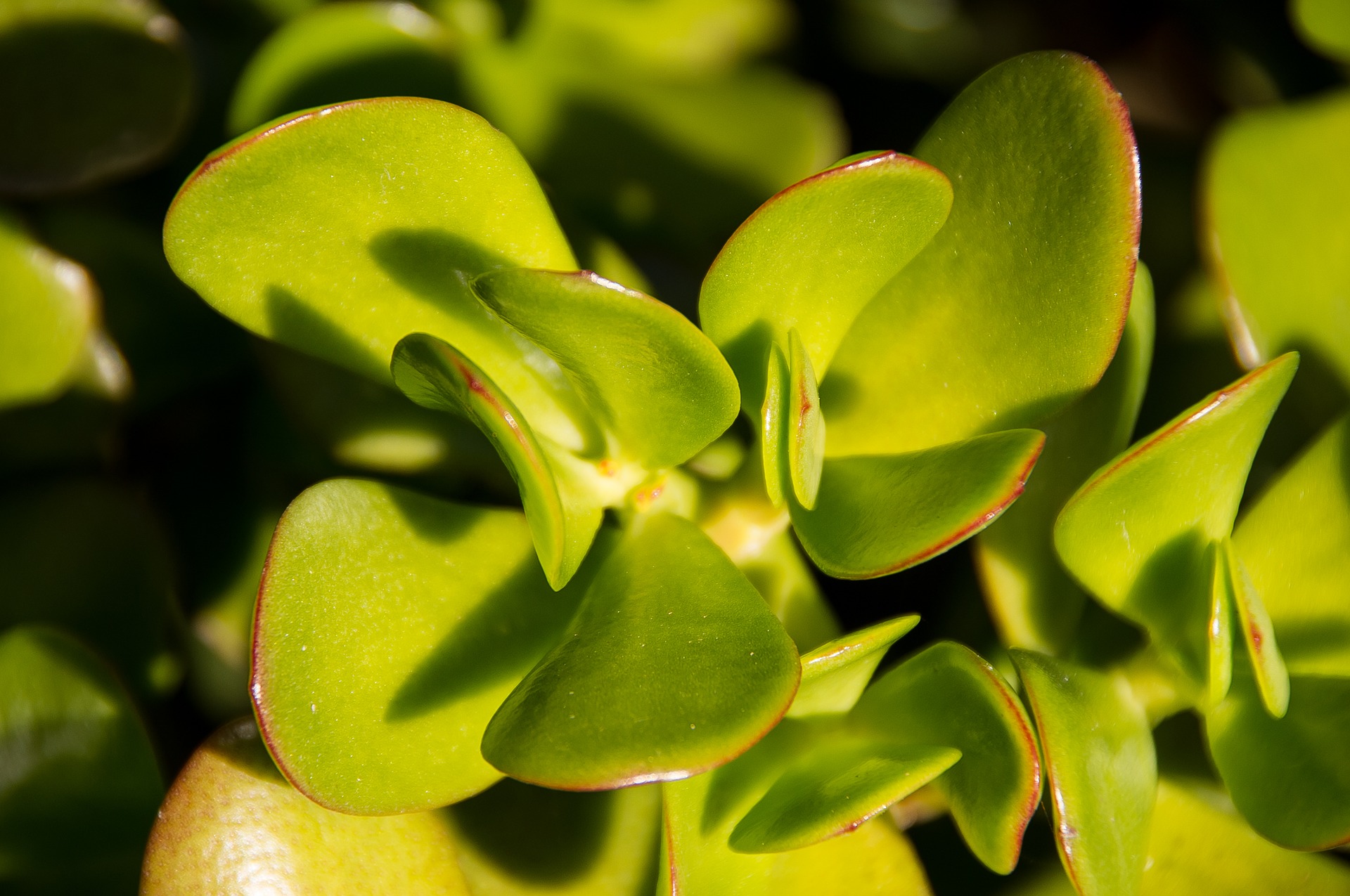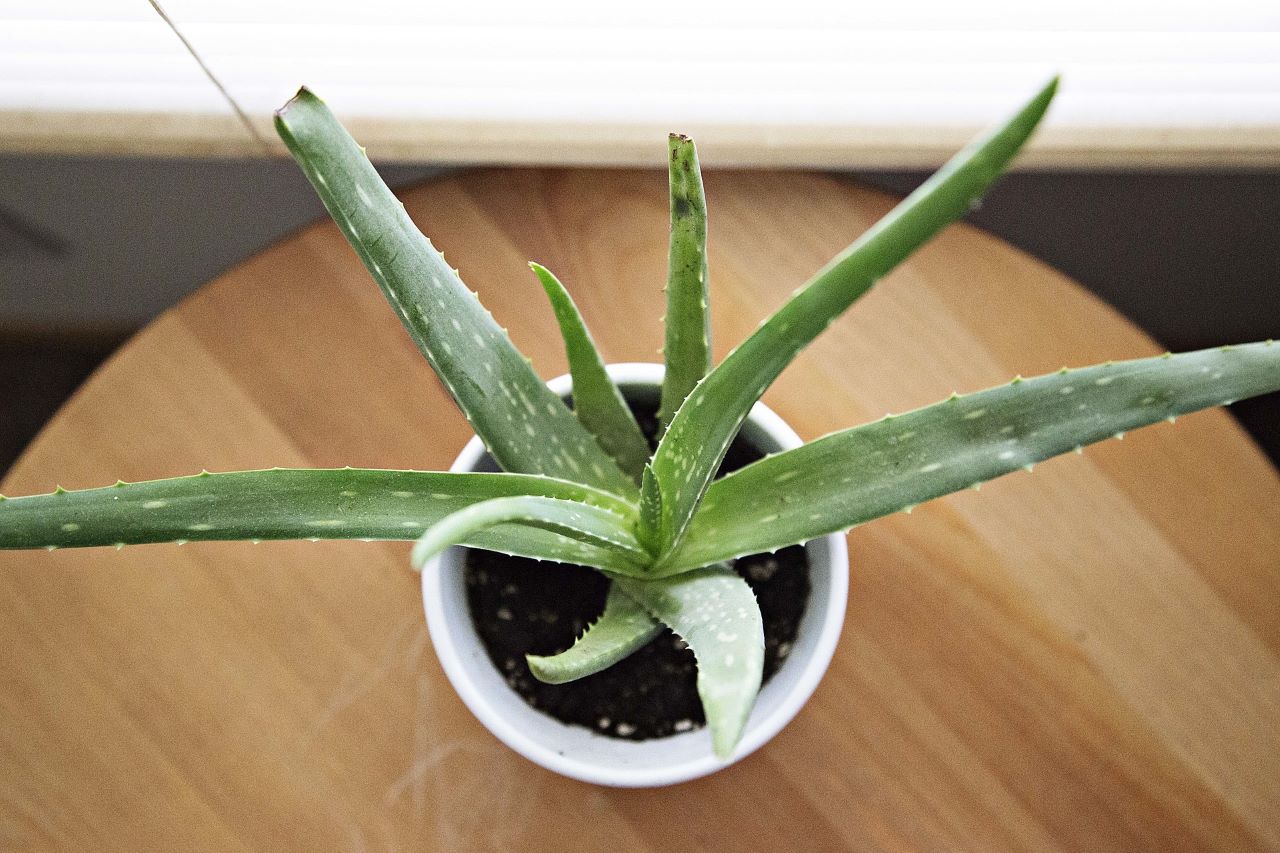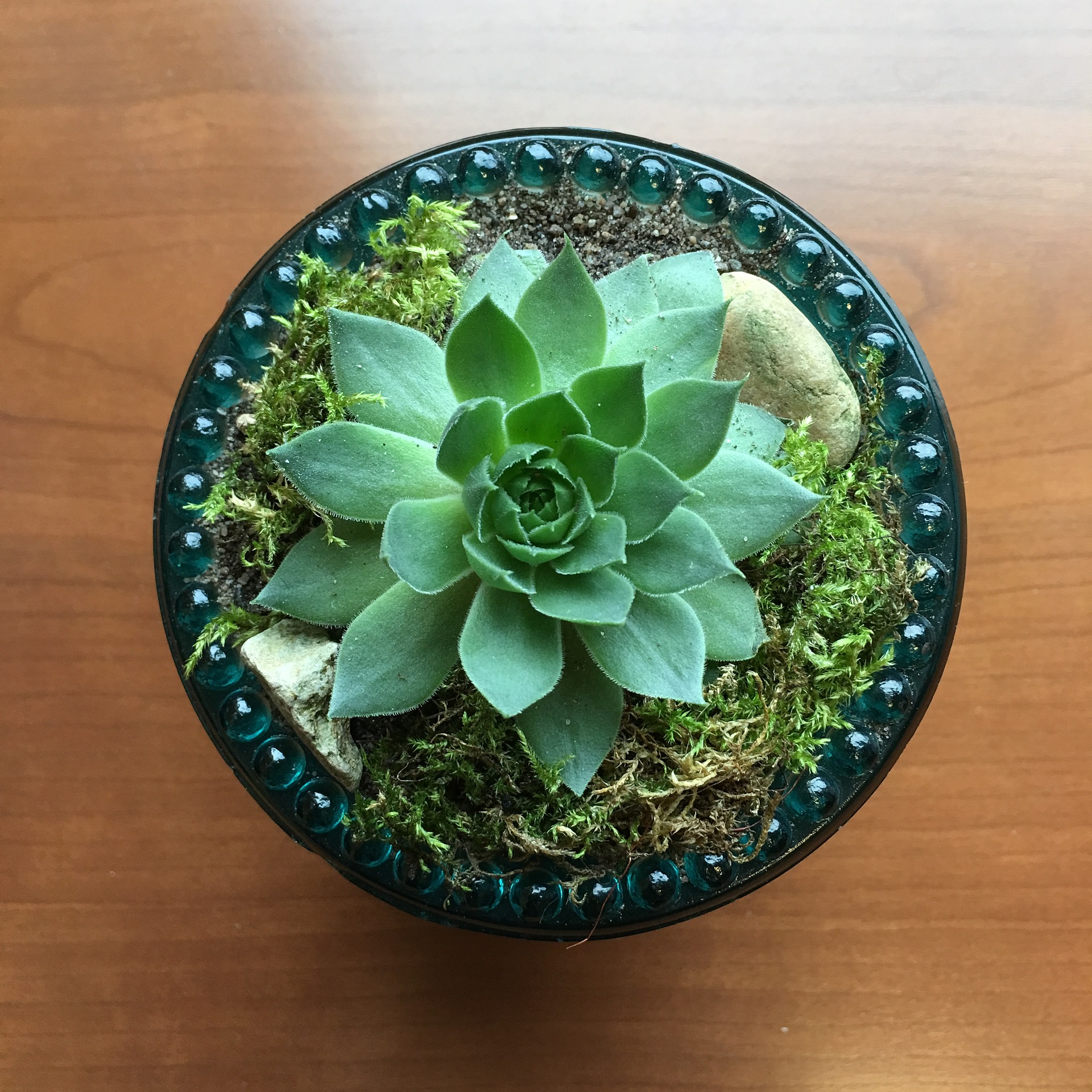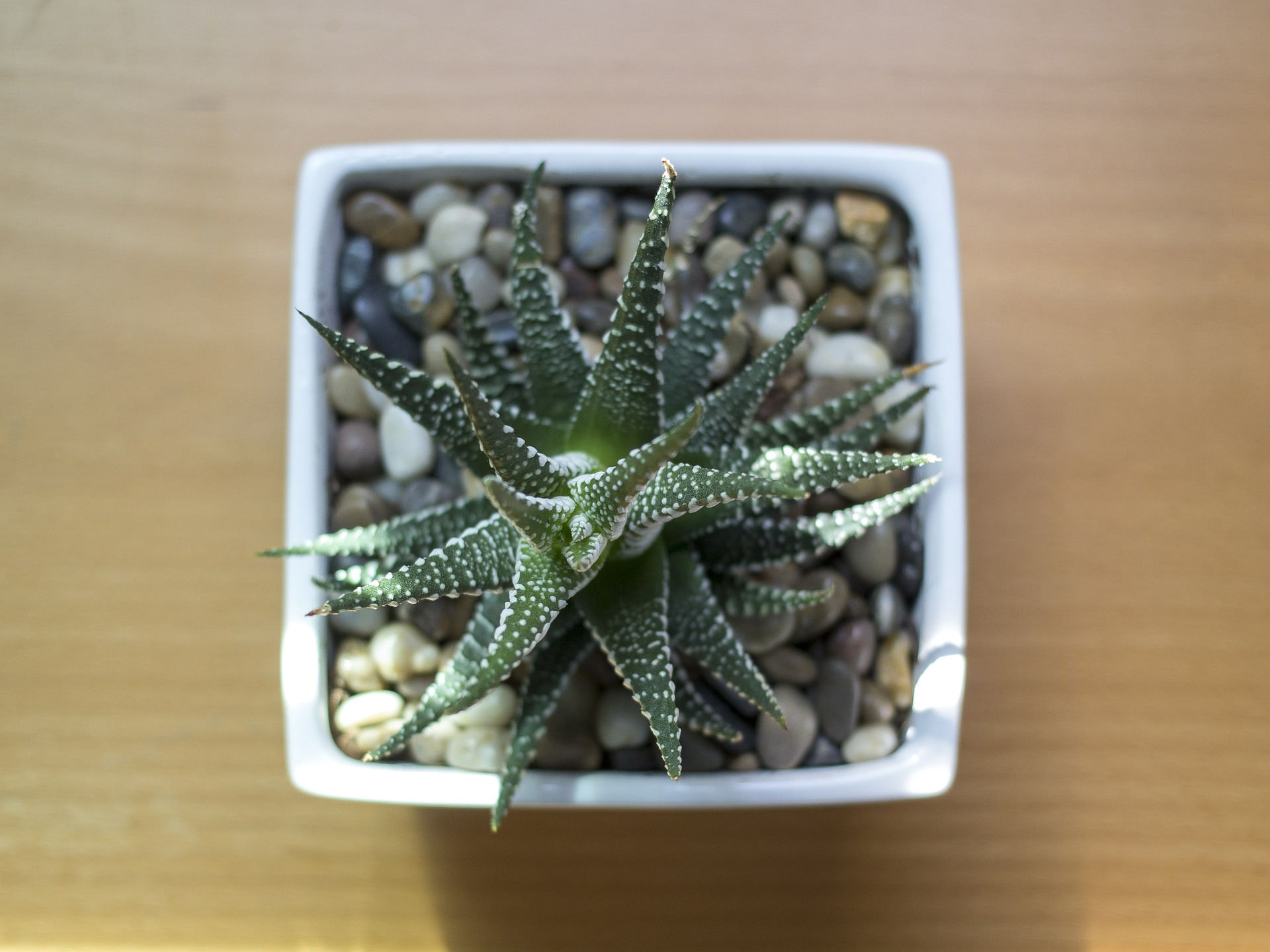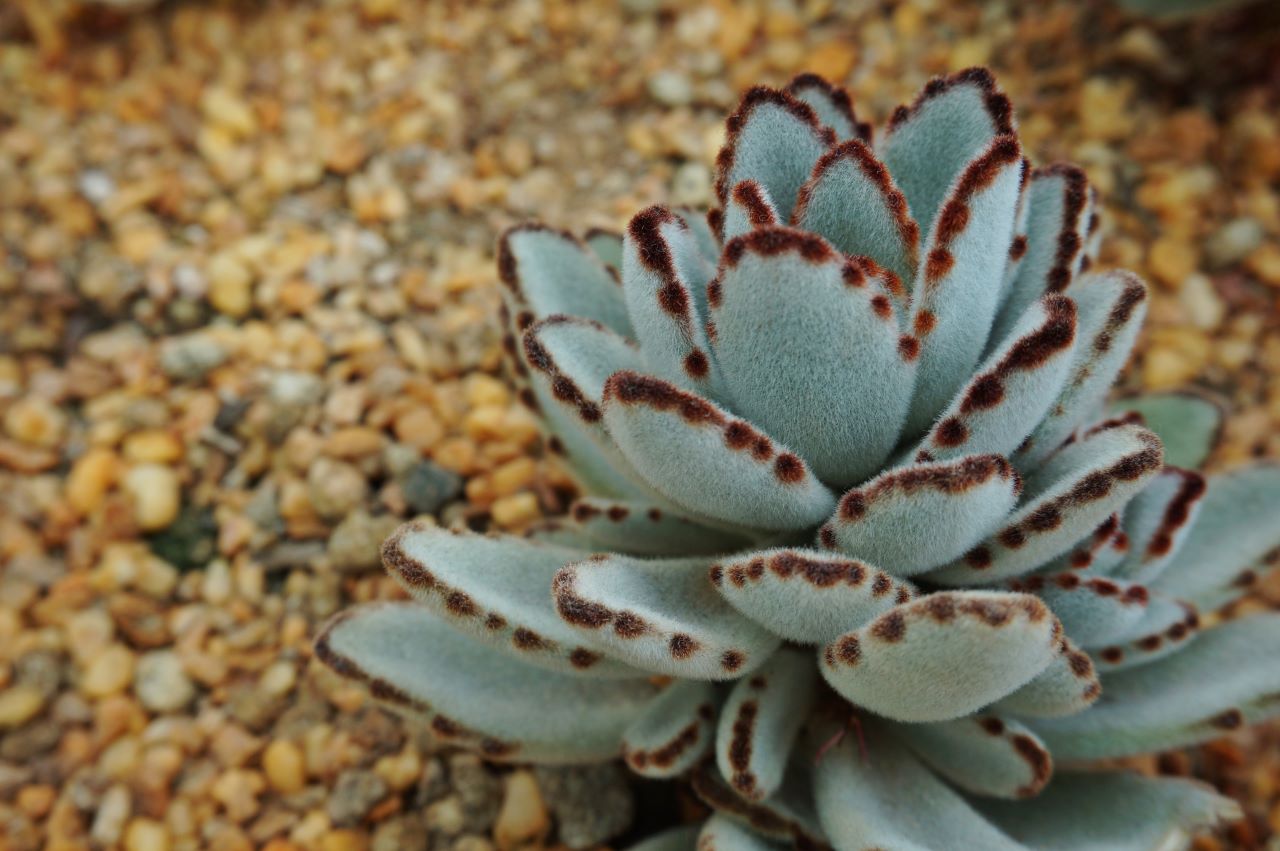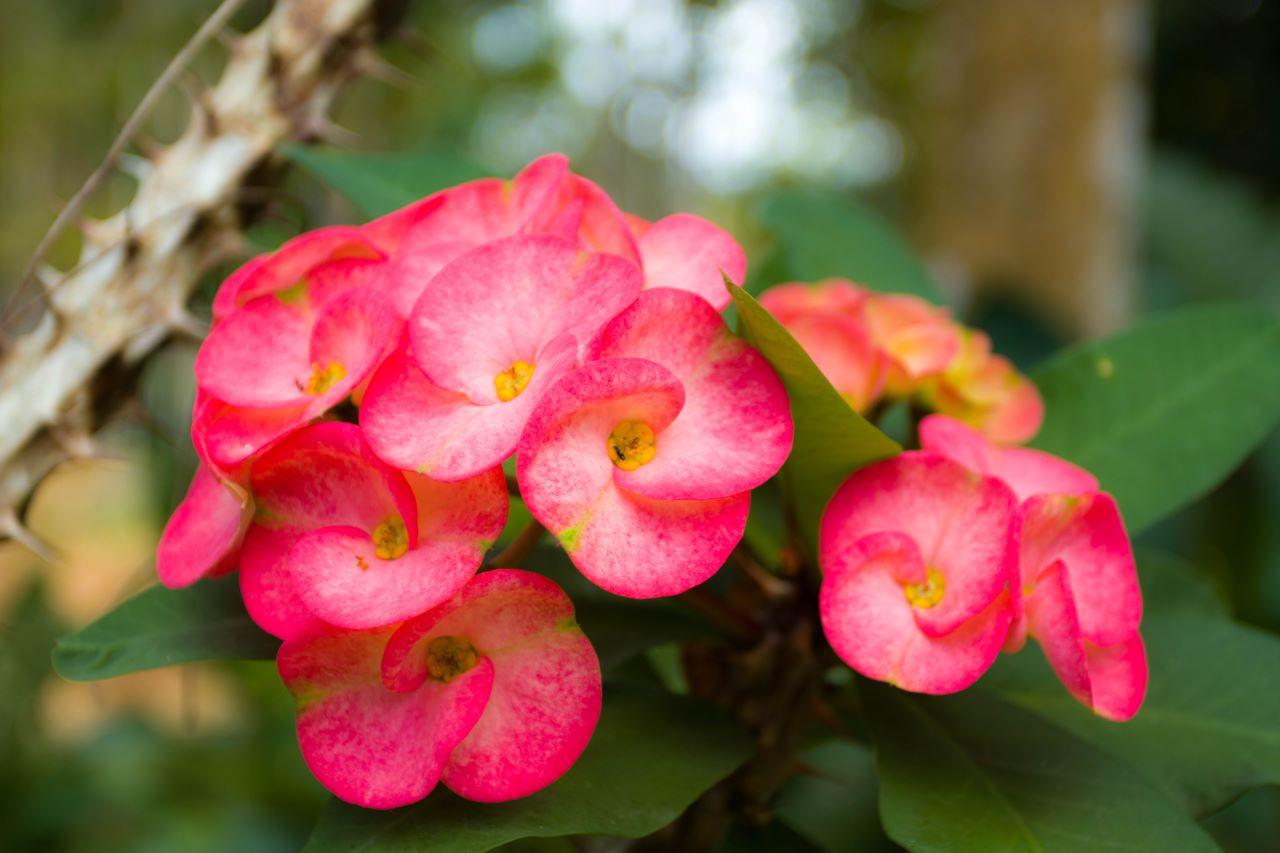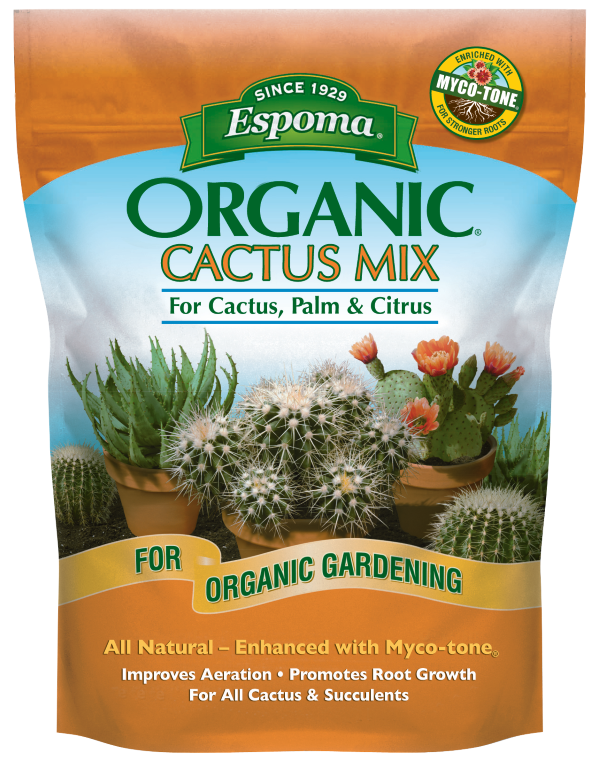Sharp Tips for Growing a Cactus
Are you experiencing a hot, dry summer and wanting to plant something new? Go the water-wise route and add a cactus to your container garden. It keeps your garden interesting and gives everyone something to talk about.
Cacti are a great way to introduce new character in a garden. With their unique texture and eye catching shapes, cacti can be the next big hit in your garden. But be careful, their spines can stick you when you aren’t paying attention.
Five Sharp Cactus Gardening Tips
1. Gear Up
When handling cacti, it is incredibly easy to get poked by one of their spines (needles). Wear nitrile dipped gloves to reduce being poked by the little hair-like spines. The synthetic of the nitrile helps decrease the penetration. Leather gloves don’t repel as well. Keep an eye out for the long spines; they can still hurt! Make sure your soil is geared up too, with Espoma’s Organic Cactus Mix.
2. Catch Your Eye
Every container needs a focal point. Plant tall, structural cacti to ensure your eyes are sweeping over the garden. Add cacti, such as mangave and saguaro, to areas most commonly looked over.
3. Create Cactus Clusters
Bunching up a variety of cacti will improve the aesthetics of your garden. Like other plants, cacti love to be next to each other in clusters.
4. Balance the Colors
Balance out the heat of the summer by planting cool colored cacti. Muted colored cacti have colors of teals, purples and soft greens that really bring relaxation to mind.
5. Create a Living Backdrop
Columnar cacti create a tall narrow look that is perfect for bunching together to make a creative backdrop. This works great to reduce sound, hide a fence, or even as a great meeting place. Put a table and some chairs and always stay on trend. Imagine how beautiful it will look as the cacti start blooming.
Cacti are very low-maintenance, needing water once every 10-17 days in the summer. Remember to use Espoma’s Cactus! liquid plant food every two to four weeks to keep your cacti happy and healthy.
Winter months are right around the corner! Learn how to take care of your indoor cacti and succulent plants to survive even in the winter’s darkest days.

